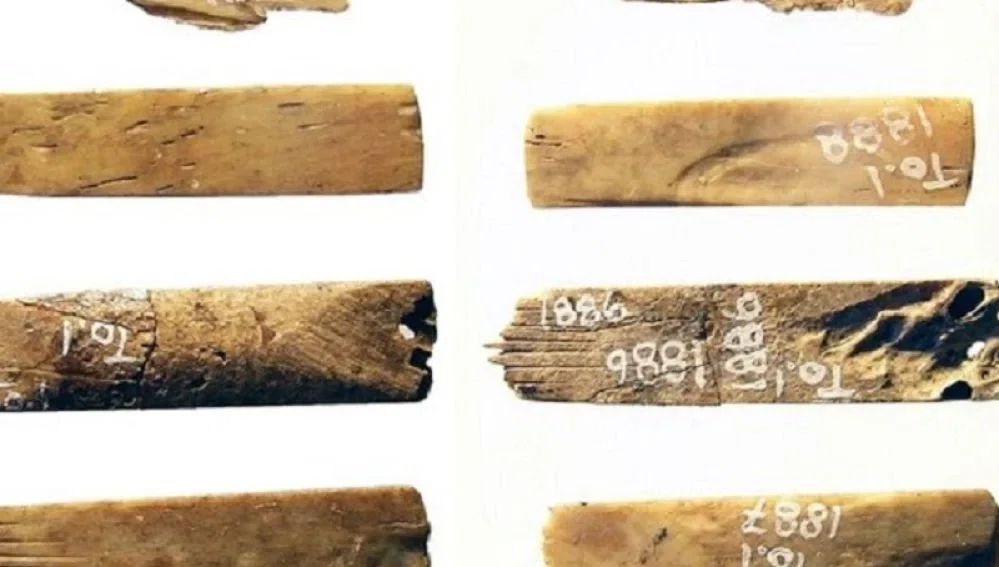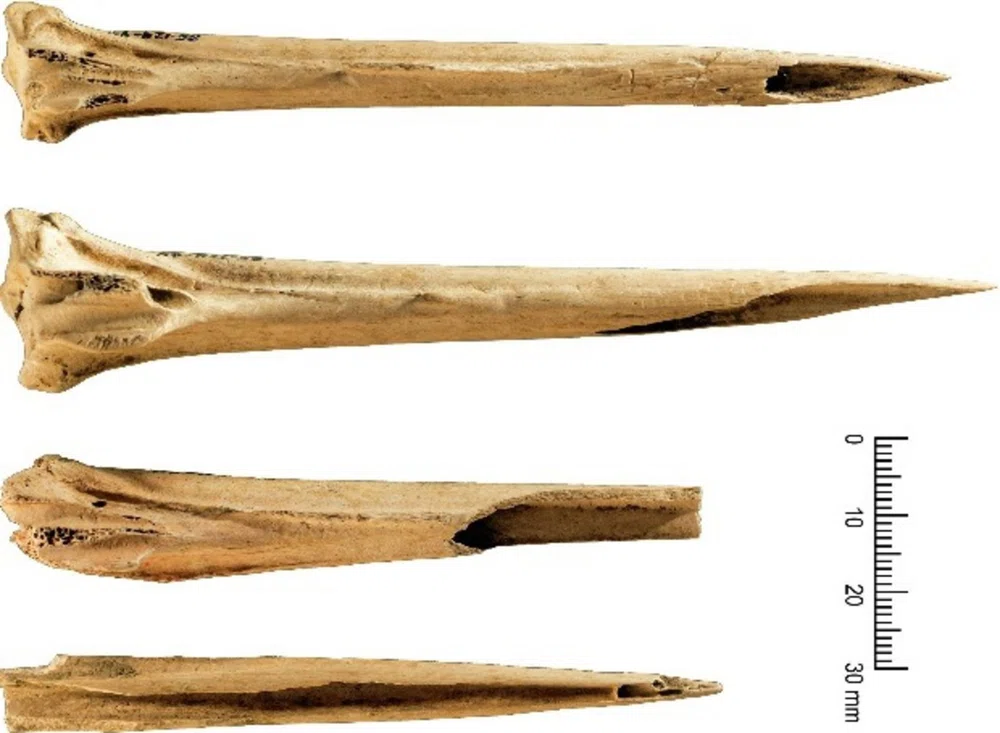The oldest tattoo kit in history
A tattoo tool that is thousands of years old
08 May 2024
Tattoos are thousands of years old, that’s not news. Several studies have proven that the oldest societies included them in their cultures for different reasons: for health, as it is believed in the case of the 5,000-year-old Otzi mummy, or as a distinctive element of the tribes.
According to scientists, the ways in which these tattoos were made have always been very different, but can you imagine what these tools could have been like thousands of years ago?
A group of researchers found a tattoo kit that is approximately 3,600 years old and it is believed to be the oldest in the world.
The discovery
In fact, this kit was found in 1985 in Williamson County, Tennessee, during the construction of a bridge near Neshville. But until now, it was on a dusty shelf, without being valued as an interesting material for scientific study.
It was like that until researchers Aaron Deter-Wolf, an archaeologist from the University of Tennessee, and zoologist Tanya Peres from the University of Florida, decided to carry out an investigation to collect information and determine its origin.

This was something new, not only because of the results of the research but also because all the previous studies were more focused on the bodies of the mummies and the tattoos that they presented, not on the tools or materials that these ancient civilizations used to make them.
According to researchers, it is also relevant to take into account how the material was found and what was around it because in this way a context can be determined and certain hypotheses regarding the type of life developed at that time can be reached. Also, their climatic conditions, how society worked, the kind of food they had, etc.
Archaeological work allows dialogue with the past to understand the present and where we come from.
As we mentioned at the beginning, although to date, the oldest mummy found with tattoos is Egyptian Otzi, there was no trace of the tools used to make these tattoos. That is why it is said that this kit is the oldest in the world.
Tools: what were they like and what ink was used?
The famous kit, in fact, was difficult to recognize. Thanks to a few studies, it was possible to determine that there were four bones, two from turkey and two from humans, which were pointy.
Following a microscopic analysis, it was discovered that these elements had traces of homemade pigments on their tips, in black and red shades, based on carbon, for which scientists determined that they were indeed used for tattoos.
As they point out, the procedure to achieve them was quite simple. It consisted of placing the pigment on the sharp end and then, by puncturing, the ink was inserted into the skin. This is a technique that we could relate to the current technique, Handpoke.
The interesting thing here is that these procedures follow certain modern tattoos. In fact, some conventional inks still have carbon in their composition.

Why is it important to know this?
It is interesting to highlight the importance of knowing that before us, thousands of years ago in history, the oldest societies already practised tattooing in very different ways. And more interestingly, the procedure was very similar to the way we tattoo today.
In the oldest societies around the world, the use of tattoos had a wide range of possibilities, either to distinguish between tribes, as a search for social advancement within a community, or even further back in time, for therapeutic and medicinal purposes.
It is essential to know where the tools come from to understand part of history and to know how they were transformed until they became the machines that we currently use.
There is still much to do research on to discover more things about this topic, but it is interesting to see how from a few elements that seem so simple, we can get to know so much about the history of humanity and, ultimately, about the profession that we are passionate about.
It is a matter of time before studies, findings, and research continue to be developed to know more about this valuable past.
Were you aware of this discovery?
Knowing about the history of tattooing is as important as learning the techniques that built it.
To delve deeper into tools and learn firsthand, tried and tested tricks 👉 MasterCourse: Realistic Tattooing, with Coreh López.